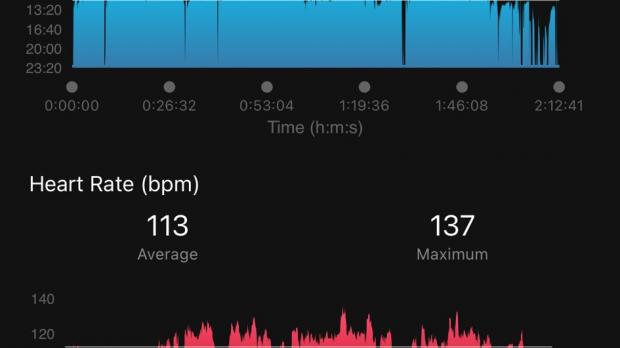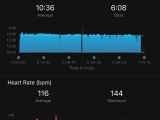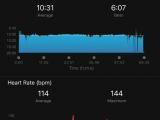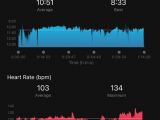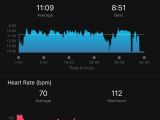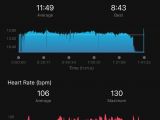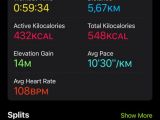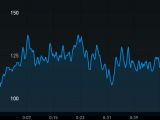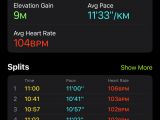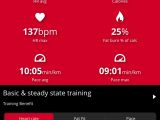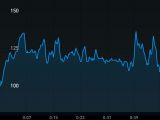While Apple Watch is by far the king of smartwatches these days, Garmin has long been in the business with an approach that eventually caught Apple’s attention as well.
Most of its fitness watches, no matter if we’re talking about the Venu, the Forerunner, the top-of-the-range Fenix, the Epix superstar, or the super-premium Marq, are based on pretty much the same concept.
Garmin is bringing the traditional watch design, state-of-the-art tracking capabilities, as well as essential smartwatch features, under the same roof, all with just one big ambition: to create an almighty device that nobody can defeat. Not even the Apple Watch, that is.
I’ve been a Garmin customer for as long as I can remember, and so far, I’ve tried and owned more smartwatches than I can count. While my daily companion was an Epix, I also own a Fenix 7S Sapphire Solar because I wasn’t sure the OLED upgrade was the right choice for me after years on MIP. It turns out it was, but I love the Fenix so much that I couldn’t return it.
If you’ve been reading so far, you’re probably wondering what’s wrong with Garmin and why I decided to switch to an Apple Watch Ultra. It all comes down to just a single bug. I’m not complaining that my Epix is sometimes uncomfortable (which it is) or that you can barely read anything on the screen (except for the MIP, which I still think is a brilliant piece of technology).
The bug that’s so frustrating, and which for some reason Garmin keeps ignoring, causes a sudden drop in HR readings during workouts (and sometimes during regular use as well!). If you’ve never heard of such a thing, you’d better search online for this bug, and you’ll probably be shocked by how many people are complaining of the same behavior on Garmin smartwatches.
The first time I heard about this glitch was in 2018, at which point everybody believed it was a hardware issue. In 2022, however, things have gotten substantially worse, with Garmin’s latest-generation devices, including the Epix Gen2 and the Fenix 7 also impacted.
The problem is as simple as it could be: the HR drop occurs randomly at some point during a workout. There’s no pattern here – I’ve been keeping an eye on the problem for more than a month already and completed maybe hundreds of workouts. In almost every single case, the drop happens at a random time, so it’s impossible to predict when it takes place.
The HR drop can easily be observed in the workout statistics screen, and although it looks like I’ve decided to take a rest mid-workout, this isn’t the case. It just looks like my Garmin no longer recorded any HR data for a reason that I can’t yet determine.
Here are some of my findings after such a lengthy test.
First and foremost, after reaching out to Garmin, I’ve been told to warm up around 10 minutes before actually starting the tracking. The reason is pretty simple, Garmin says:
“Cold weather is a common issue where there is not much blood in the tissue on the back of the wrist. This can occur early in a workout before your blood really starts pumping.”
In other words, the HR sensor might have a hard time taking heart-rate readings, and as a result, warming up a few minutes before starting a workout helps deal with this. Only that… it doesn’t. The issue doesn’t necessarily seem to be tied to low temperatures, as it happens both during cold and hot days with temperatures going as high as 30 degrees Celsius. I also tried wearing running gloves during cold winter days, but this still hasn’t produced any improvement.
Now, I know what you’re thinking. There must be an issue with my device. That’s what I thought as well, and this is the reason I’ve tried every single Garmin I could find, including not only both old-new Fenix models, but also my everyday Epix, a Venu, and even the recently-launched Marq. The HR drop happens no matter the model.
Now here’s the even bigger problem.
When comparing my Garmin watches with an Apple Watch Ultra, the Apple device always seems to be spot-on. More concerning is that every drop in HR readings also causes a drop in the average HR, so eventually, the entire data set is impacted. The erratic HR readings could then alter other figures as well, including the training readiness and the body battery.
While the Apple Watch Ultra doesn’t seem to record any drop in HR readings, I also compared my Garmins with Whoop devices. Once again, Garmin is the only one losing HR readings during workouts, as Whoop is always on par with the Apple Watch Ultra.
Other things I’ve tried: resetting the watches, cleaning them thoroughly, licking the HR sensor (that’s right, I licked it, as this was a great way to improve the HR readings of chest straps in the good old days), changing the straps (I switched between multiple original and third-party bands, both silicon and fabric) and yet, nothing worked. The only way to have accurate HR readings on a Garmin watch without any dropouts is to wear a chest strap and therefore keep devices in sync. This solved my problem temporarily, but on the other hand, I don’t want to wear a chest strap just because my Garmin can’t read the data properly.
Eventually, I decided to stick with the Apple Watch Ultra, as it seems to be the more reliable choice in the long term. Until Garmin comes up with a fix, there’s no chance I’m coming back.
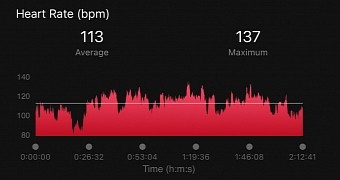
 14 DAY TRIAL //
14 DAY TRIAL // 